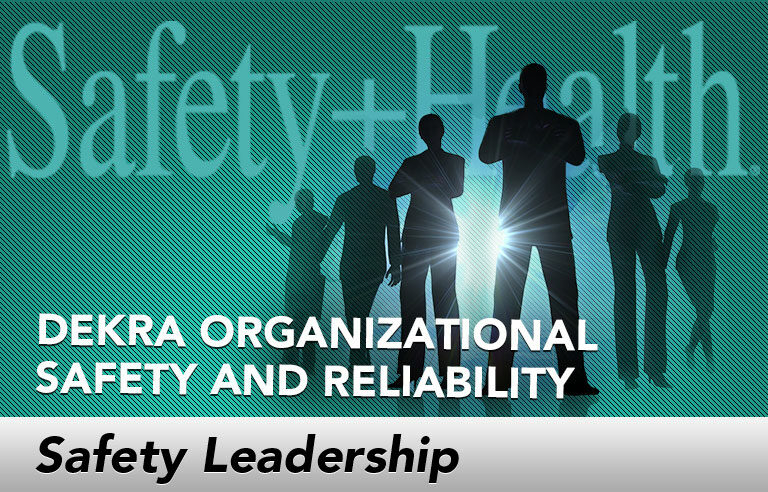Safety Leadership: Making safety real

Editor’s Note: Achieving and sustaining an injury-free workplace demands strong leadership. In this monthly column, experts from global consulting firm DEKRA Insight share their point of view on what leaders need to know to guide their organizations to achieve world-class safety performance.
Recently, when I was visiting family and friends, their youngest – a 5-year-old – asked me what I did for a living. I said I helped people not have accidents. “You should come to my school,” she said. When I asked why, she responded with great seriousness, “Well, we have a lot of accidents, but we’re not allowed to tease the other children when it happens.”
To this kindergartener, “accidents” have a very particular and important meaning, derived from her experience of the world. As leaders, our understanding of accidents and safety is a bit broader, but can sometimes be just as limited if we stick to only what we’ve experienced.
Many leaders share a genuine desire to make a difference in safety but don’t know how to engage it in a real way. Executives can feel as if they have to put on a persona to influence others.
We see this when well-meaning leaders, who fail to recognize or act on more subtle but serious exposures, stand with a clipboard in the parking lot to do safety observations. We see it when leaders make a point of talking to employees about safety but don’t know enough about the fundamentals to ask questions that would uncover real issues.
In these and other ways, good leaders inadvertently erode credibility and goodwill in the attempt to appear genuine. The solution isn’t to stop trying to reach out – it’s to ground that effort in an honest perspective of what safety really is.
Genuine leadership
Of the many leaders I have worked with over the years, the ones who most seem to “get it” are the ones who demonstrate a sense of humility. They show a kind of natural leadership that is an extension of who they are. Approachable and open, they are able to provide honest feedback and guidance because they have a real sense of self and a keen awareness of their presence and impact on others. Most of all, they understand that their role is to serve, not be served. To these leaders, safety is about real people doing real work exposed to real risk.
Real people – By necessity, accidents are tracked by numbers. Genuine leaders never lose sight of the fact that every accident is also an event in the life of a unique and irreplaceable person – someone who’s part of a team, a family and community. When leaders ground their decisions and actions in this human perspective, it makes their interactions with employees less about a transaction and more about a relationship.
Real work – Safety events happen where people drive the performance of the business. Real work is literally the hands-on activity on the shop floor, at the mine face, in the field – anywhere that people interact with equipment, process and technology to “get the job done” and fulfill the organization’s mission. While many different roles are required to support the mission, a leader can never lose sight of the importance of the real work or let other priorities overshadow it.
Real risk – Real people doing real work will be exposed to risks that they can’t always see. The leader’s job is to be the lookout. Whether it’s the risk that might cause an occupational injury, or the risk that could cause a process (safety) failure, the best safety leaders guard against risk constantly. They understand the dynamics of the live workplace and know that the volatility of exposures means they can never turn their back, even for a moment. They also understand that while as leaders they have the least direct exposure, they have the greatest ability to mitigate exposures to others.
Improvement begins when you see things as they are. Great safety leadership is the work of a lifetime, but it begins with removing the artifice that keeps you – your values, beliefs, experiences and personality – from the lived experience of safety.
 Colin Duncan is CEO of DEKRA Insight, where he drives the strategy, vision and innovation necessary to save lives, prevent injuries and protect assets for organizations around the world.
Colin Duncan is CEO of DEKRA Insight, where he drives the strategy, vision and innovation necessary to save lives, prevent injuries and protect assets for organizations around the world.
Post a comment to this article
Safety+Health welcomes comments that promote respectful dialogue. Please stay on topic. Comments that contain personal attacks, profanity or abusive language – or those aggressively promoting products or services – will be removed. We reserve the right to determine which comments violate our comment policy. (Anonymous comments are welcome; merely skip the “name” field in the comment box. An email address is required but will not be included with your comment.)

